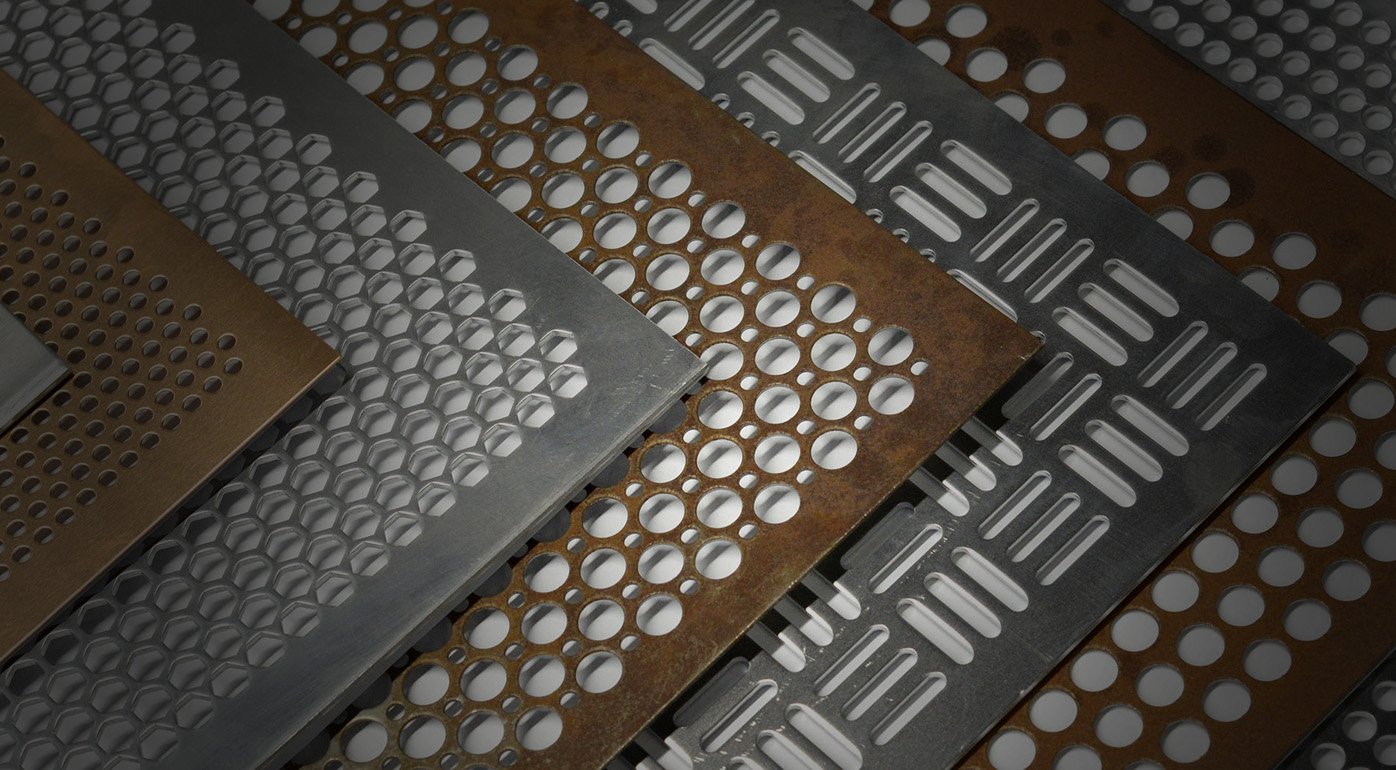Anodizing is a way to change the surface chemistry of metals and other substrates. It protects anodized aluminum sheet against corrosion, improves aesthetic qualities, resists scratching, and is the most durable and versatile surface finishes available. You can do the anodizing process on a range of materials, but today let’s look at one metal, aluminum. These seven questions help you to know why anodizing is an innovative surface treatment that’s both useful and beautiful.
1. How can Aluminum Anodized?
To make aluminum for anodizing, you need to clean the surface thoroughly and rinse, and then place it into a bath of some electrolytic solution such as sulfuric acid. An electrolyte solution is electrically conductive with lots of positive and negative ions that it needs to swap.
A positive electric charge can apply to the aluminum sheet, making it the “anode,” whereas a negative control can apply to aluminum plates suspended in the electrolyte. In this circuit, the electric current causes positive ions attraction to the negative plates and negative charges to flock to the positive anode, the piece of aluminum sheet.
2. What is an Obstacle Layer is Anodizing?
The process of electrochemical reaction causes pores to form on the aluminum surface as excess positive ions escape. The pores form a geometrically regular pattern and initiate to erode down into the substrate. Thus, the aluminum at the body combines with the negative O2 ions to create aluminum oxide. It is called an obstacle layer, a defense against further chemical reactions at the spots.
The longer you apply the current, the greater the penetration is formed on these columns. For usual non-hard coatings, the depth can be around 10 microns. When it reaches the level, and if no color is necessary, you need to stop the process and seal the surface by merely rinsing in water. That will result in a challenging, natural aluminum oxide coating, withstand chemical attack, and scratch-resistant. The Mohs hardness scale rated Aluminum oxide 9 out of 10, meaning second only to diamond.
3. What is the Hard Anodizing process?
Hard anodizing, also called Type III, offers excellent corrosion protection and resistance to wear in harsh environments or moving mechanical parts that target a lot of friction. It causes by the continuous electrical current until the depth of the pores beats 10 microns, all the way to 25 microns or many more. It takes a lot of time and is more expensive but creates a superior result.
4. Does Aluminum Want Corrosion Protection?
Though aluminum does not rust, it can depreciate in the presence of oxygen, which is known as oxidation. What is oxidation? It means to react with oxygen. The oxygen is reactive, readily forming compounds with the most other elements. When you expose aluminum to the atmosphere, it rapidly includes a layer of aluminum oxide on the sheet surface, and the layer offers a degree of protection against other corrosion. Anodizing is practical and beautiful.
But aluminum should withstand more than just pure air and water. Acid rain, saltwater, and other contaminants can feat weaknesses in the surface passivation. Modern alloys vary in response to environmental exposure, ranging from typical surface discoloration to mechanical failure.
5. How can you add Color to Metal Anodizing?
A colored aluminum sheet is what most of us imagine when we think of aluminum anodizing. That’s the actual genius of the process. The stable pores etched into the sheet surface are ideal for introducing pigments or tints. You can add an illustration of dye to fill porosity during the anodizing process. Moreover, empty pores are suitable for adding shades.
The colorant fills all the empty pores of the surface, then permanently sealed off. That’s why anodized colors are durable – they cannot scratch off from the body as the colors are deep down, and grinding away the substrate can remove the stain.
6. Can you anodize other Materials Than Aluminum?
Yes! Anodizing process also works with magnesium, titanium, and conductive plastics. It is cheap, reliable, and eminently durable. It is famous for architectural fittings because it is beautiful and almost resistant to the effects of weathering.
7. Why is it not possible to Anodize an Entire Part?
Anodizing needs the part which is deep in a series of chemical baths. A holding part position requires that it is straddling on the hanger of some kind to keep it from dropping to the bottom of the tank. Wherever the holding fixture touches the bottom part, that area will block, and the anodizing chemicals will not work. That’s why it’s keen to design a place on the amount you can use for holding but will not affect adversely.
Is Anodizing Right to do?
Yes! The anodizing process adds life to your aluminum sheet. Moreover, the anodized aluminum sheet is versatile, useful, and looks beautiful. You can give a modern, attractive look to your project at a low price. You should contact a leading anodizing manufacturer; they will offer you many different finishing services for rapid prototypes and low-volume.

